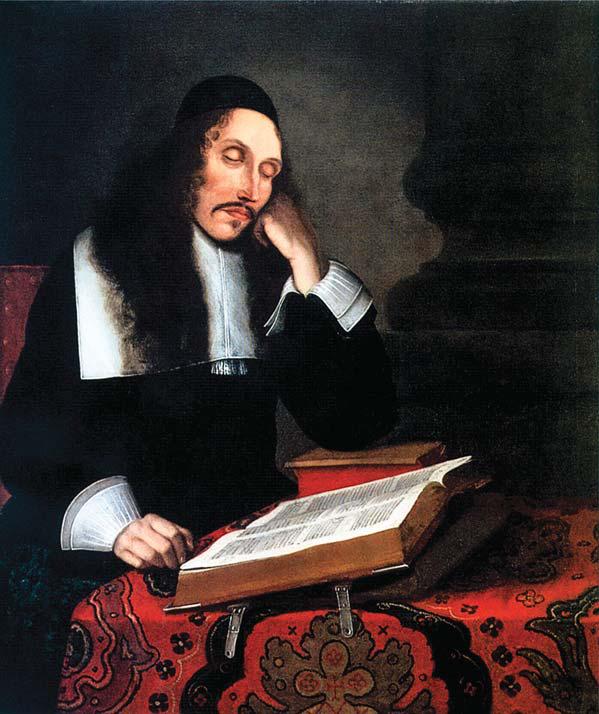
In March, 1668, Adriaan Koerbagh, a Dutch physician in his mid-thirties, hired Johannes Van Eede, a printer in Utrecht, to publish his new book, “A Light Shining in Dark Places, to Shed Light on Matters of Theology and Religion.” But Van Eede, after setting the first half of the manuscript, became uneasy about its highly unorthodox contents. Koerbagh argued that God is not a Trinity, as the Dutch Reformed Church taught, but an infinite and eternal substance that includes everything in existence. In his view, Jesus was just a human being, the Bible is not Holy Writ, and good and evil are merely terms we use for what benefits or harms us. The only reason people believe in the doctrine of Christianity, Koerbagh wrote, is that religious authorities “forbid people to investigate and order them to believe everything they say without examination, and they try to murder (if they do not escape) those who question things and thus arrive at knowledge and truth, as has happened many thousands of times.”
This story is from the February 12 -19, 2024 (Double Issue) edition of The New Yorker.
Start your 7-day Magzter GOLD free trial to access thousands of curated premium stories, and 8,500+ magazines and newspapers.
Already a subscriber ? Sign In
This story is from the February 12 -19, 2024 (Double Issue) edition of The New Yorker.
Start your 7-day Magzter GOLD free trial to access thousands of curated premium stories, and 8,500+ magazines and newspapers.
Already a subscriber? Sign In

STUNTED
\"The Fall Guy.\"

MOTHERS OF US ALL
Paula Vogel's \"Mother Play,\" Shaina Taub's \"Suffs,\" and Amy Herzog's \"Mary Jane.\"

PURE PLEASURE
The \"Radical Optimism\" of Dua Lipa.

PARADISE LOST
The search for a home that never was in Claire Messud's new novel.

ORIGIN STORY
What do we hope to learn from our prehistory?

DEATH IN VENICE
At the Biennale, the past dignifies the weird, desperate present.

WE'RE NOT SO DIFFERENT, YOU AND I
\"You'll never get away with this!\" Ultra Man vowed as he wriggled in his chains. \"You may destroy me, but you'll never destroy what I stand for!\"

STONES OF CONTENTION
The British Museum faces accusations of cultural theft-and actual theft.

A CAMPUS IN CRISIS
Dissent and defiance at Columbia's pro-Palestine protests.

ARROW RETRIEVER
I am an arrow retriever. After a batrows are costly and time-consuming to make. It seems like a terrible waste-and maybe even a sin―for an arrow to fall to the ground without hitting someone. Even if the arrow kills somebody, it can be reused to kill someone else. As Randolf the Scot famously said, \"Arrows don't grow on trees.\"